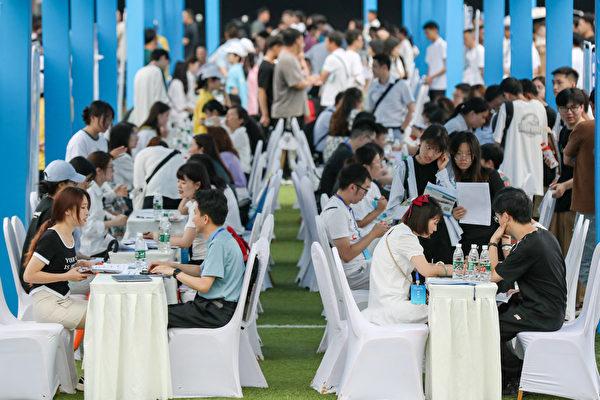News Analysis
The Chinese communist regime’s National Bureau of Statistics released new economic data for February on March 18, including a higher unemployment rate.

The Chinese communist regime’s National Bureau of Statistics released new economic data for February on March 18, including a higher unemployment rate.